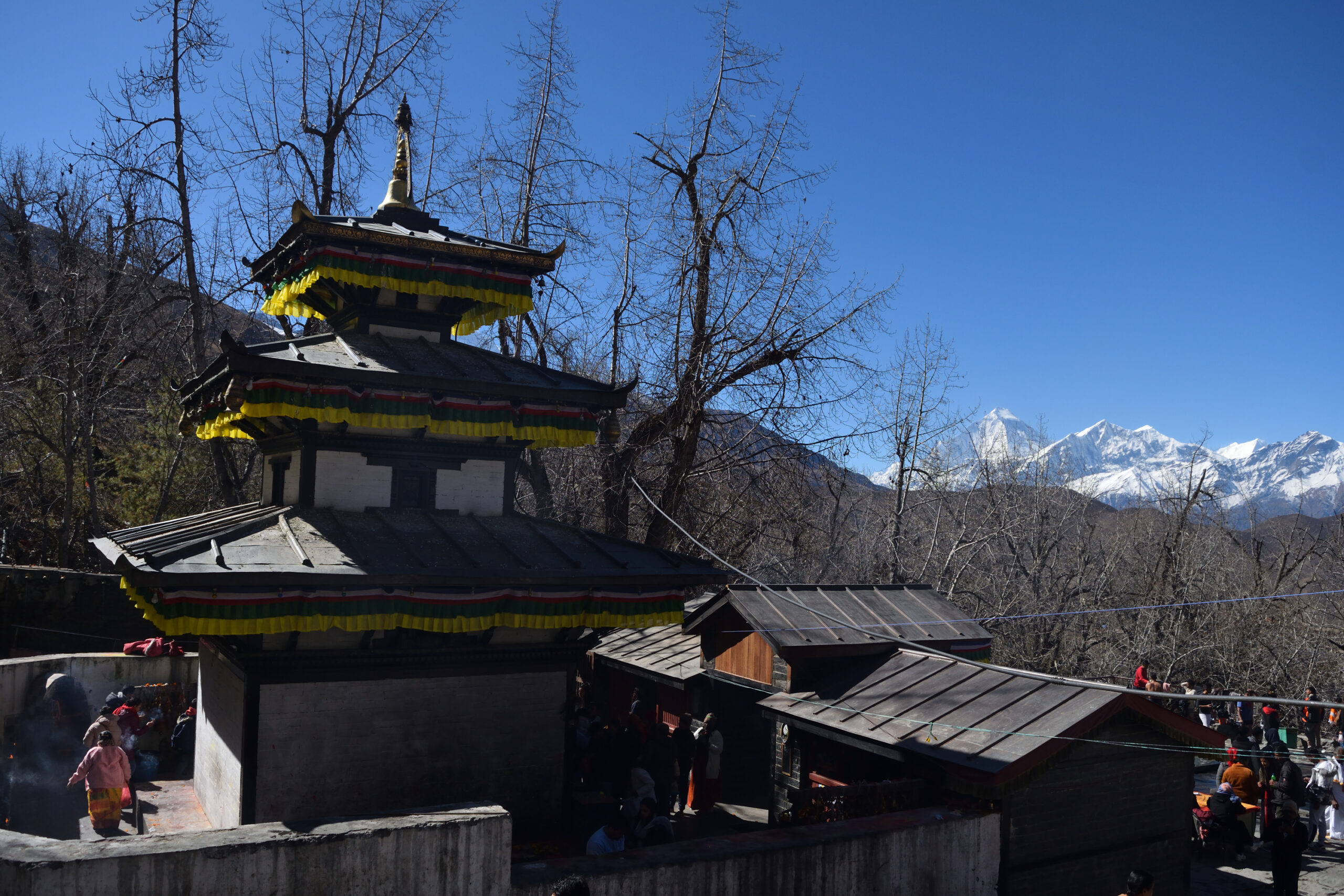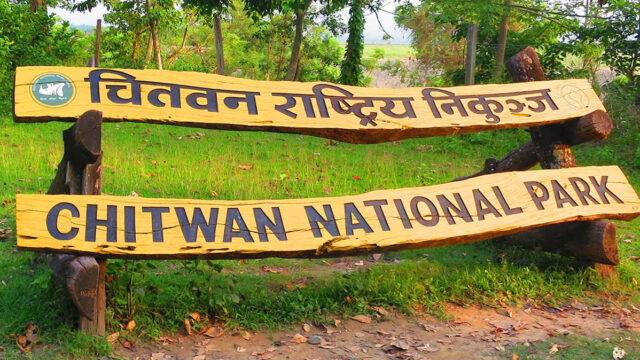Muktinath Temple, nestled in the rugged landscape of the Mustang district of Nepal, continues to be a significant pilgrimage site and a burgeoning hub for tourism. Perched at an altitude of 3,710 meters in the Annapurna region, this sacred site draws thousands of visitors annually, intertwining spiritual solace with the adventure of high-altitude trekking.
A Sacred Pilgrimage Destination:
Muktinath Temple holds immense religious significance for both Hindus and Buddhists. For Hindus, it is revered as one of the 108 Divya Desams, sacred sites of the Vaishnavas, while Buddhists regard it as a place associated with Guru Rinpoche (Padmasambhava). The temple, dedicated to Lord Vishnu, features stunning pagoda-style architecture and a statue of Vishnu as the central deity. Surrounding the temple are 108 water spouts, believed to cleanse sins when bathed under, and two holy ponds, adding to the spiritual ambiance.
Tourism Boost and Economic Impact:
The increasing number of tourists to Muktinath has significantly impacted the local economy. The tourism surge has led to the development of infrastructure, including improved roads, better accommodation facilities, and enhanced communication networks. Local businesses, such as hotels, restaurants, and shops selling religious artifacts and souvenirs, have thrived, providing employment opportunities and boosting the regional economy.
Adventure and Spirituality Combined:
Muktinath’s appeal extends beyond its religious significance. The journey to the temple itself is an adventure, often undertaken as part of the famous Annapurna Circuit trek. Trekkers and adventure enthusiasts are drawn to the breathtaking landscapes, including views of the Annapurna and Dhaulagiri mountain ranges. The trek to Muktinath provides an opportunity to experience the unique culture of the Mustang region, including traditional Tibetan Buddhist practices and lifestyles.
Challenges and Sustainable Tourism:
Despite its growing popularity, Muktinath faces challenges typical of high-altitude tourism destinations. Environmental concerns, such as waste management and preserving the natural and cultural heritage, are critical issues. Authorities and local communities are increasingly focusing on sustainable tourism practices to mitigate these impacts. Initiatives include promoting eco-friendly trekking practices, establishing waste management systems, and educating visitors on the importance of preserving the sanctity of the site.
Cultural Festivals and Events:
Muktinath Temple is a focal point for several cultural and religious festivals, attracting additional visitors during these times. Festivals like Rishi Tarpani and Ram Nawami see large gatherings of devotees, enriching the local cultural tapestry and providing unique experiences for tourists. These events not only bolster tourism but also promote cultural exchange and understanding.
Future Prospects:
Looking ahead, the future of Muktinath as a tourism destination appears promising. Continued efforts in improving infrastructure and sustainable tourism practices are expected to enhance the visitor experience. Furthermore, promotional activities highlighting the spiritual and adventure aspects of Muktinath can attract a diverse range of tourists, ensuring that this sacred site remains a vital part of Nepal’s tourism landscape.
Muktinath Temple is a testament to Nepal’s rich cultural and spiritual heritage, attracting pilgrims and tourists alike. Its growing popularity underscores the need for balanced development to ensure that the influx of visitors continues to benefit the local economy while preserving this revered site’s sanctity and natural beauty. As Muktinath continues to enchant visitors with its spiritual aura and stunning landscapes, it remains a shining jewel in Nepal’s tourism crown.






